Mob Museum Unveils Exhibit on Flamingo Casino, ‘Bugsy’ Siegel
Posted on: August 14, 2021, 01:06h.
Last updated on: August 22, 2021, 11:10h.
The Mob Museum in Las Vegas unveiled an exhibit on Friday detailing the origins of the Flamingo hotel-casino and gangster Benjamin “Bugsy” Siegel’s role in its history.
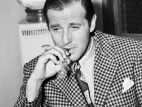
“This exhibit and its artifacts aim to pierce the myths and set the record straight,” Geoff Schumacher, the museum’s vice president of exhibits and programs, wrote in a blog post.
The Flamingo opened under Siegel’s direction in December 1946 on the highway heading toward Southern California from downtown Las Vegas.
That road, then a remote ribbon slicing through desert landscape, now is the Las Vegas Strip, crowded with massive hotel-casinos. The Flamingo is at the same location, though none of its original buildings remain. Other Mob-connected resorts on the Strip were demolished over the years. These include the Desert Inn, Sands, and Dunes.
Siegel also briefly was part-owner of the El Cortez in downtown Las Vegas. This resort is still in operation, with some of its original structure intact.
Siegel had taken control of the Flamingo from its original builder, Billy Wilkerson, who ran Hollywood nightclubs and published the Hollywood Reporter newspaper.
Wilkerson also was a compulsive gambler who lost a substantial amount in Las Vegas casinos and needed help financing the Flamingo. He turned to the Mob, and Siegel took control.
“Siegel, the Mob’s point man in Las Vegas, worked side-by-side with Wilkerson for a few months. But disagreements ensued, and Siegel eventually forced Wilkerson out and seized full control of the project,” Schumacher wrote.
‘Front-Page Headlines’
Under Siegel, the resort ran into early financial difficulties. Six months after it opened, he was shot to death at his girlfriend Virginia Hill’s rented Beverly Hills home. No one has ever been held accountable for his death.
Siegel’s legacy has added to the underworld aura that continues to attract visitors to Las Vegas.
“The murder of Siegel, which generated front-page headlines across the country, ultimately contributed to the allure of Las Vegas,” Schumacher wrote. “Many visitors were drawn to the city on the prospect — however realistic — that the guy sitting next to them at the poker table or the bar might be in the Mob. This sense that Las Vegas offered opportunities to rub shoulders with the underworld — without any real complications — boosted the city’s growth more than any single casino ever could.”
Siegel Artifacts
The Flamingo exhibit that opened Aug. 13 at the the Mob Museum includes a touchscreen with images and stories from the hotel-casino’s 75 years on the Strip.
Also on display is the original down payment check that Wilkerson wrote to buy the land where the Flamingo was built. The $9,500 check, written to Las Vegas businesswoman Margaret Folsom, is dated March 5, 1945. The full purchase price for the 33-acre parcel was $84,000, or the equivalent of $1.2 million today.
The exhibit includes a document that Siegel signed, removing Wilkerson from Flamingo operations. To buy Wilkerson out, Siegel was to pay $600,000. Before Siegel was shot to death in June 1947, Wilkerson received half the money. He never received the remaining amount.
Among many other Flamingo-related items on display at the museum are a pair of sunglasses that Siegel owned, and a ceramic flamingo that guests were given at the 1946 grand opening.
Related News Articles
Most Popular
Mirage Las Vegas Demolition to Start Next Week, Atrium a Goner
Where All the Mirage Relics Will Go
Most Commented
-
Bally’s Facing Five Months of Daily Demolition for Chicago Casino
— June 18, 2024 — 12 Comments
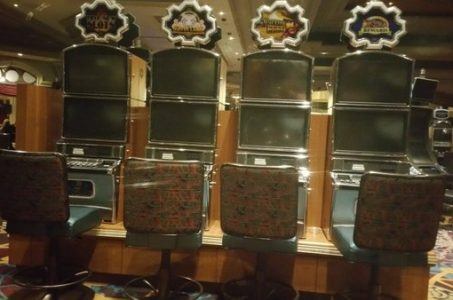
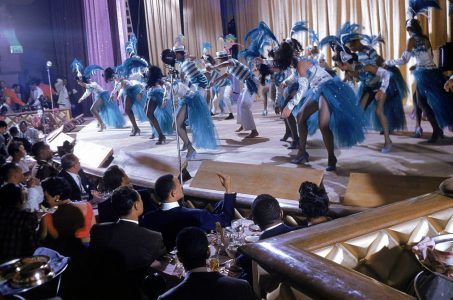

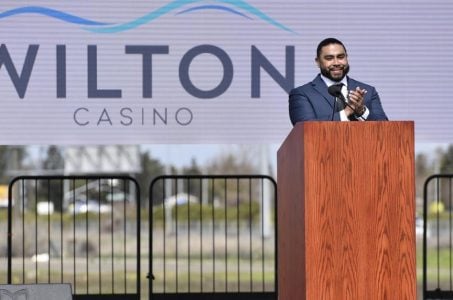





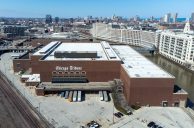





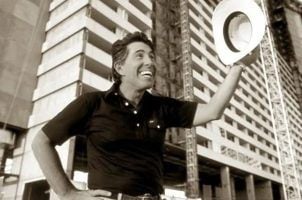
No comments yet